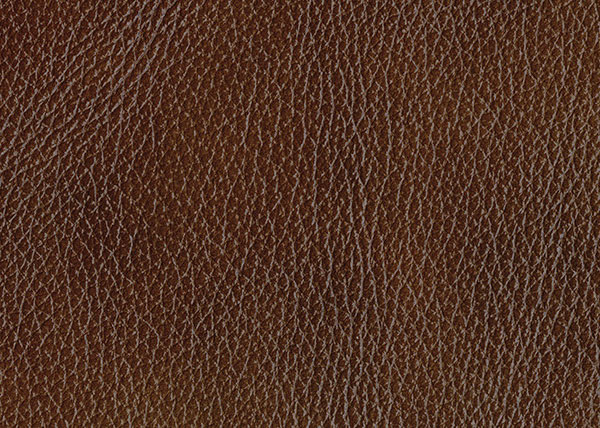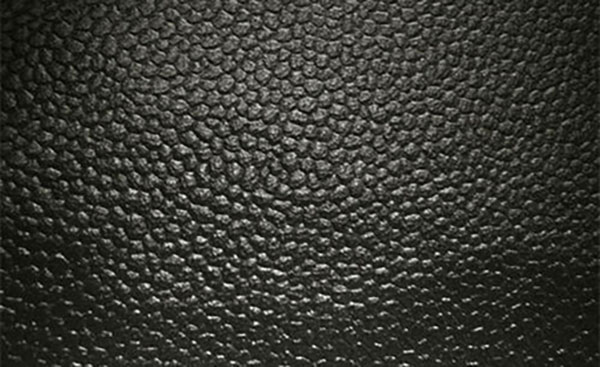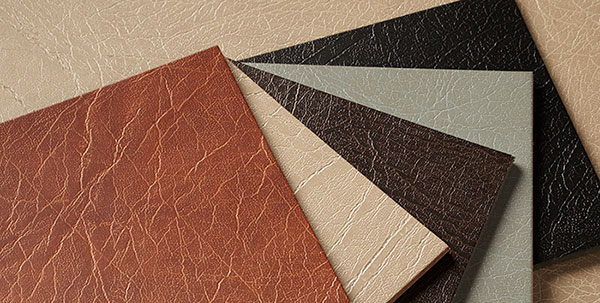As we know that there many types of quality leather to be manufactured as leather goods. Some leather are good, and some leather are not well. Let’s introduce the quality type of leather.
- Belting Leather
Belting leathers are the most premium level of full-grain leathers. They were developed in the industrial age as a source of belts to turn pulleys, which gives you an idea of their impressive durability and performance. Today some of the finest personal leather goods, business cases, and luggage products are offered in belting leather, for the consumer who is looking to enjoy a product for an entire lifetime and then passes it on to their child.

- Top-Grain or Corrected Leather
Full-grain and top-grain leather are about equally durable, but full-grain is higher quality.
When a hide has a lot of scars or insect bites, these undesirable markings may cause it to be classified top-grain instead of full-grain. The surface may be "corrected" to hide these marks and give it more appeal; it may be buffed, sanded, plated, or embossed with an artificial pattern. Some of these patterns are meant to simulate the best full-grain leather markings while other embossed patterns make the hide look like genuine alligator, ostrich, snake, or lizard.

- Split Leather
Split leather is more affordable than top-grain or full-grain leather and consequently has many applications. It is the underlying layer that is split off from the surface layer. Because the split layer doesn't have the marks or scars that give the hide the natural look of leather, it can be much more difficult for the consumer to tell whether the product is leather or synthetic. Also, split leather is never as durable as top-grain or full-grain leather, and your split-leather product will not last as long.
There are many ways to give the split leather a desirable appearance. The most common are applying a polyurethane coating, along with planting or artificial markings to simulate the better product. Naturally, a split leather product will be far less expensive than one of full-grain or top-grain leather. I recommend trading up to at least top-grain leather if it fits your budget.

- Bonded Leather
The next step down in quality is bonded leather. This has many applications as well. Bonded leather is to leather what particle board is to wood. Particle board comes from waste wood products sprayed with liquid resin or glue so they can be used in place of more expensive wood to create products like shelving or inexpensive furniture. Likewise, bonded leather comes from the collected waste products of leather processing, reconstituted to create a less expensive alternative to better leather. Bonded leather is also embossed with natural leather-like texture to give it more appeal. Many affordably priced Bibles, book bindings, diaries, photo albums, and slim pocket agendas are made of bonded leather.

When you buy something made of leather, I recommend that you ask the sales associate to tell you what kind of leather it is. If they can't say this with confidence, you might ask to speak to another associate with more product knowledge. If none of the associates can tell you, you may be in the wrong store. Training is readily available in our industry, as the Travel Goods Association (TGA) provides a comprehensive course that allows a sales associate to become a product expert.